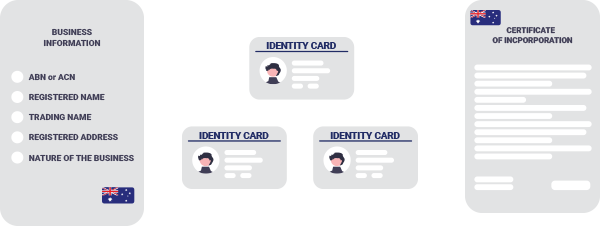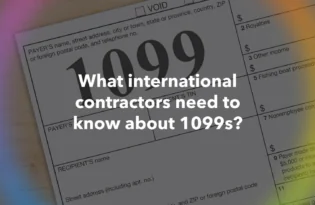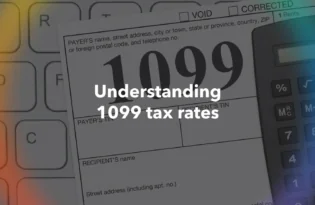Proof of Residence: Why It’s Needed and How Best to Provide It
When opening a Payoneer account, you might be asked to provide a proof of residence documenting that the address you used to register is indeed where you live. We request proof of residence for several reasons, namely, to protect all our customers’ accounts. Along with the other verification procedures set by the different regulatory bodies…

What Can I Use as A Proof of Residence?
You have several options when it comes to submitting a proof of residence. Acceptable documents include:
- Utility bill – A scanned copy of a utility bill (gas, water, electricity, landline phone, internet or cable bills are acceptable), no older than three months. The bill needs to include your name and the exact address you used when registering to Payoneer.
- Bank statement – A scanned bank statement, no older than three months, containing your name and the exact address you used when registering to Payoneer.
- Rental agreement – A scanned copy of a complete rental agreement containing your name and the exact address you used when registering to Payoneer, together with a utility bill no older than three months in your landlord’s name.
Ensuring Your Proof of Residence is Properly Submitted
In addition to using the right type of document, there are several guidelines you need to follow to ensure your proof of residence is properly submitted, including:- Your document needs to clear and readable.
- Your document needs to be in color.
- You need to submit the entire document, from end to end.
- If you’re sending in your proof of residence through your mobile, it’s best to take a picture of the document and not to compress the image instead of using a scanning app.
Related resources
Latest articles
-
Contractors vs sole proprietor: Understanding the difference
Learn the differences between an independent contractor vs sole proprietor, including their tax responsibilities, business model, and more with our guide.
-
A guide on how to convert a 1099 contractor to a W-2 employee
Learn how to convert a 1099 contractor to a W-2 employee, with key steps on reclassification, legal factors, salary, benefits, and taxes.
-
A guide to filing 1099 for foreign contractors
A comprehensive guide to filing 1099 for foreign contractors, types of 1099 forms, and other alternative forms for hiring foreign contractors
-
The difference between an independent contractor and a subcontractor
Understand the Difference between an independent contractor and a subcontractor with this guide.
-
Understanding the importance of compliance in contractor management
Read our step-by-step guide on understanding the importance of compliance in contractor management, legally and efficiently, complete with compliance tips.
-
Contractor vs self-employed: How are they different?
Learn more about how to classify independent contractor self employed workers. Know how each role differs in taxes, control, benefits, and much more.
Disclaimer
Nothing herein should be construed as if Payoneer Inc. or its affiliates are soliciting or inviting any person outside the jurisdiction where it operates/is licensed to engage in payment services provided by Payoneer Inc. or its affiliates, unless permitted by applicable laws. Any products/services availability are subject to customer’s eligibility. Not all products/services are available in all jurisdictions in the same manner. Depending on your eligibility, you may be offered with the Corporate Purchasing Mastercard, issued by First Century Bank, N.A., under a license by Mastercard® and provided to you by Payoneer Inc., or the Payoneer Business Premium Debit Mastercard®, issued and provided from Ireland by Payoneer Europe Limited under a license by Mastercard. The Payoneer Business Premium Debit Mastercard® cannot be used at merchants or ATMs in Hong Kong or for HKD payments. If you are located in the EEA, all Payoneer Services will be provided to you by Payoneer Europe Limited, trading as Payoneer and regulated by the Central Bank of Ireland.
The information in this document is intended to be of a general nature and does not constitute legal advice. While we have endeavored to ensure that the information is up to date and correct, we make no representations or warranties of any kind, express or implied, about the completeness, accuracy, reliability or suitability of the information. In no event will we be liable for any loss or damage including without limitation, indirect or consequential loss or damage, or any loss or damage whatsoever incurred in connection with the information provided.















